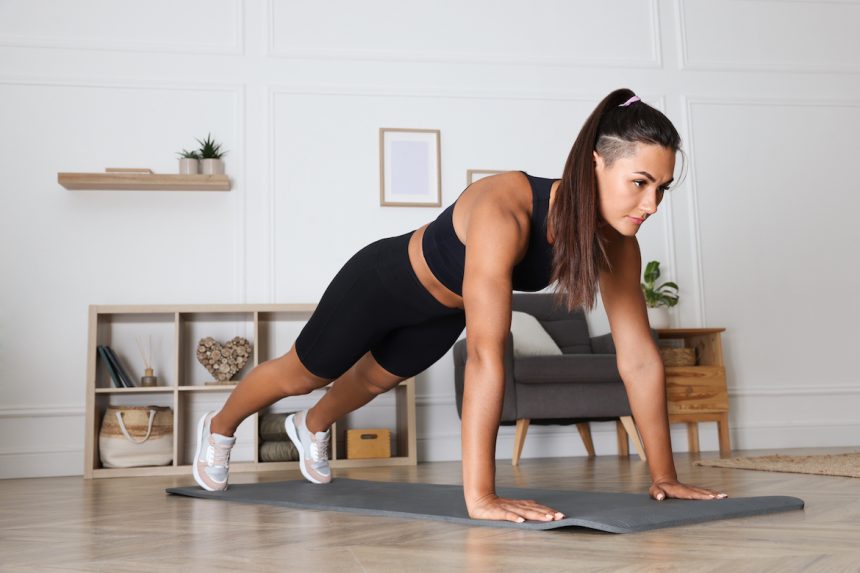“`
Core Training 101
When you think of core training, you probably think of crunches and sit-ups as the go-to exercises. While those are effective, there’s much more to it than that. Your core is fundamental to your body and plays a crucial role in overall wellness and longevity. Dive into the best core stability exercises for beginners, plus the benefits of a strong core and tips to get started.
What is your core?
Your core is made up of the center of your body, from your shoulders to your pelvis. According to the American Council on Exercise (ACE), your core muscles include the rectus abdominis, external obliques, internal obliques, transverse abdominis, erector spinae, and multifidus.
Why do you need a strong, stable core?
Your core is the foundation of your body, and it’s crucial for balance, stability, and injury prevention, especially as you age. Working on your core strength at all ages is important to maintain good posture and stability.
Tips for beginners to start a core exercise routine
Core workouts can be done using just your body weight and can be done anywhere. Remember to start slow, gradually building up your strength and resistance to avoid injury.
The best core stability exercises for beginners
- Plank: Hold for 30 seconds and gradually work your way up to 1 minute.
- Bird dog: Do 3 sets of 10 reps.
- Half-kneeling wood chop: Do 3 sets of 6 reps on each side.
- Inchworm: Do 3 sets of 5 reps.
- Dead bug: Do 3 sets of 10 reps.
- Knee press: Do 3 sets of 3 reps, holding each rep for 15 seconds.
- Superhero: Do 3 sets of 10 reps.
FAQ
- What are the signs of a weak core?
- Is it okay to work your core every day?
- How can I train my core at home?
Signs of a weak core include bad posture, lower back pain, and difficulty balancing.
“Training the core at least three times per week is a great way to not only feel better but also to gain results at the same time,”
You don’t need much space or equipment to train your core at home. You can use the exercises listed above or other resources for variety.
“`






